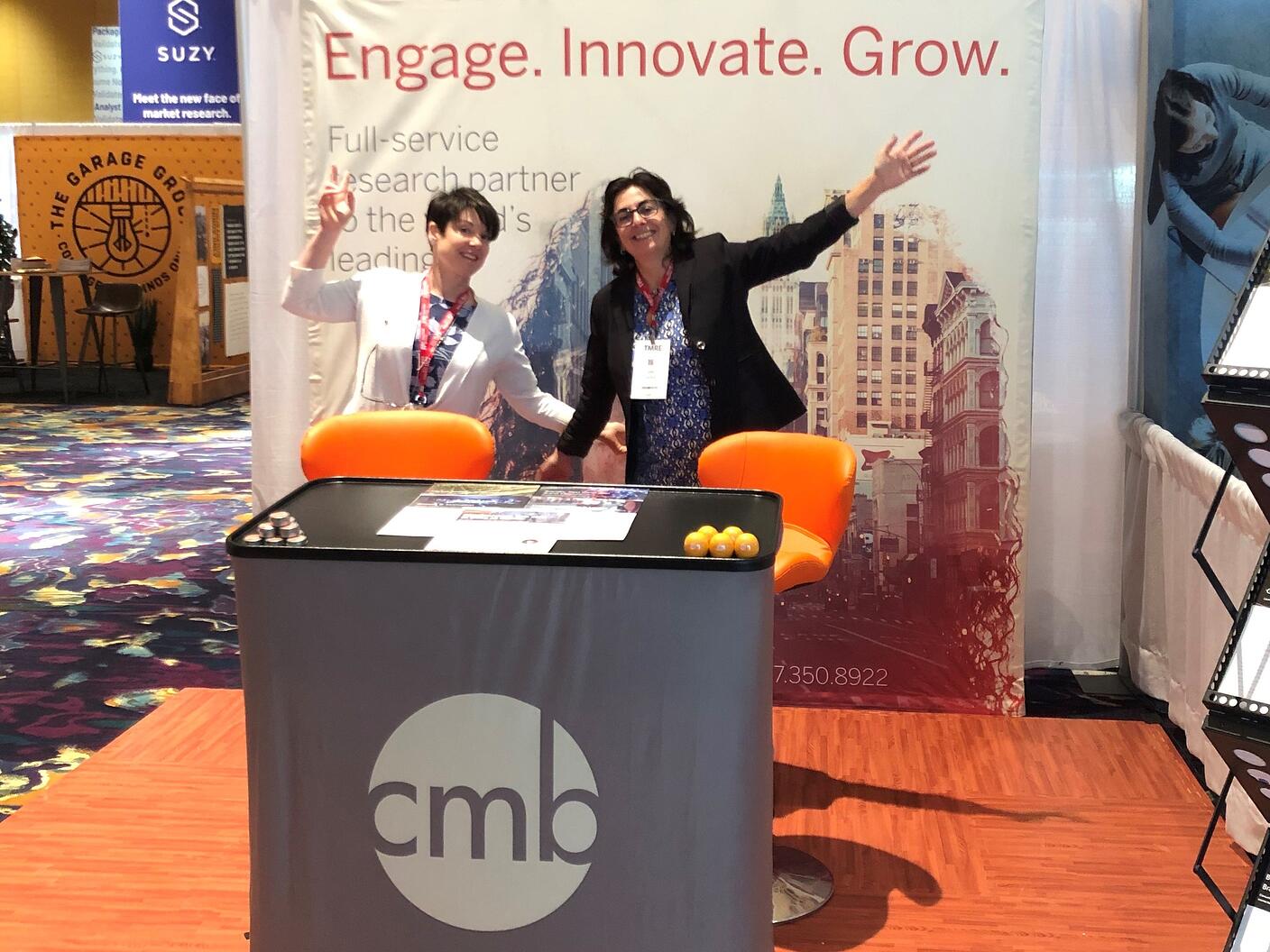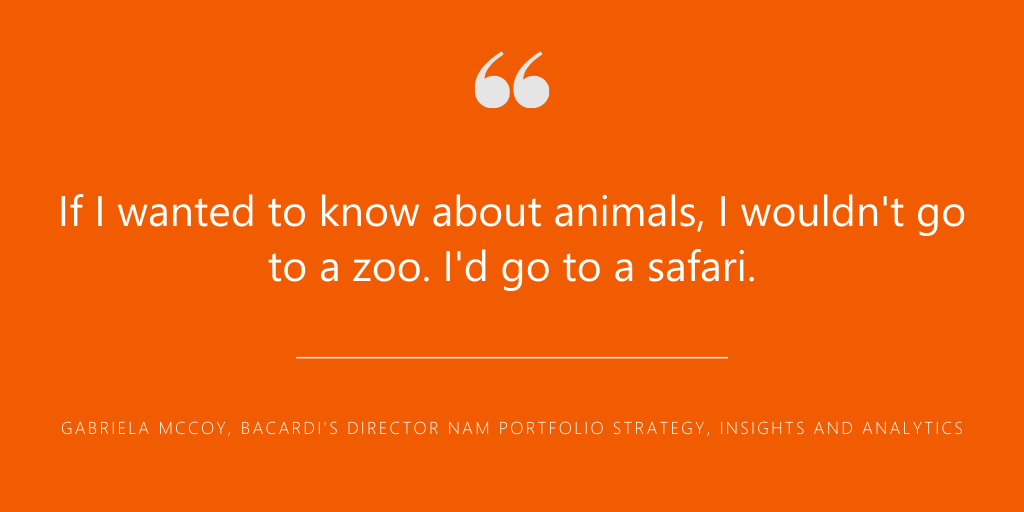It’s about a 5 min. read.

At TMRE, we were immersed in a world of abundance, showmanship, cacophony, laughter, and glamour. As I checked out of the Mirage Hotel in the wee hours, I wondered why the lights weren’t on in the stunning 60×10 foot aquarium at registration. That’s when I learned that the four marine biologists on staff require lights out until 7:30am because too much light stimulation interrupts the fish feeding rhythms. As we return from another stimulating conference, let’s shine a light on emerging human and technological rhythms:
We know in order to develop and grow our fan, member, and/or installed base, we need to disrupt ourselves digitally. Kevin Lee, COO of China Youthology talked about Alibaba and our other global tech giants who are shifting their efforts into our homes, cars, and offline lives so they can ‘know’ us completely and holistically. example, stay at FlyZoo hotel, and you can access everything you need through facial recognition. Even when you check out, you can just walk out. Tech giants are seeking to deliver convenient and simplified experiences, and existing data isn’t enough for these challenger brands. As our tech giants acquire entire ecosystems and categories, our data is now the currency of global innovation for a nomad generation. Amy Webb, Professor and Quantitative Futurist & Founder of The Future Today Institute and the Author of The Signals are Talking, discussed the implications of “post big data 1.0” and its fusion of digital data, cultural data, social data, and even our health goals. Her description of our voice-activated microwaves popping popcorn for us on command is pure joy…or is it? What if the microwave detects we’ve been gaining weight? Will it block our command, for our own good?

Several of our hands shot up, but we asked questions of one another during the break…is it this particular job that has us vaulting out of bed? Most of us have had other jobs and have always vaulted out of bed. So, essence or environment? How can you become attentive to what is and isn’t happening to live towards the world of 2029? Amy Webb, who also authored The Big Nine, describes three frameworks of thinking patterns in machines, and in people:
During this discussion, Amy delineated the difference between bystanders—those who cling to cherished beliefs and are unwilling or unable to see welcome uncertainty—and pathfinders—those who embrace uncertainty, charting theoretical future states, and find patterns in what is missing and not yet formed. No prizes for predicting who will thrive in our increasingly connected and disrupted future.
A classic question of perspective. According to growth strategy consulting firm Innosight’s biennial corporate longevity forecast, we need to begin imagining a world in which the average company lasts just 12 years on the S&P 500. Because that’s the reality we will be living in by 2027. Examples of TMRE presenters who openly talk about how they disrupt themselves included:
And it’s not just people…it is tech too. As technology like Amazon’s Alexa detects a cough, a sharp tone, a voice tremor, that next adjacent business can be spawned. In our $24B global insights industry, Prudential’s Supriya Sanyal’s words echo, as she closed her presentation with these recommendations: a) connect to the mission, b) get executive stakeholder buy in from the start, c) balance flexibility with depth and consistency, d) democratize data, even though data citizens may have varied skills, e) socialize the stories internally and externally, and f) choose your partners wisely. Continuously learn…repeat and reflect.
As the lights dim on TMRE 2019, how are we all going to disrupt ourselves? How are we enlisting people and technology to learn, unlearn and re-learn?